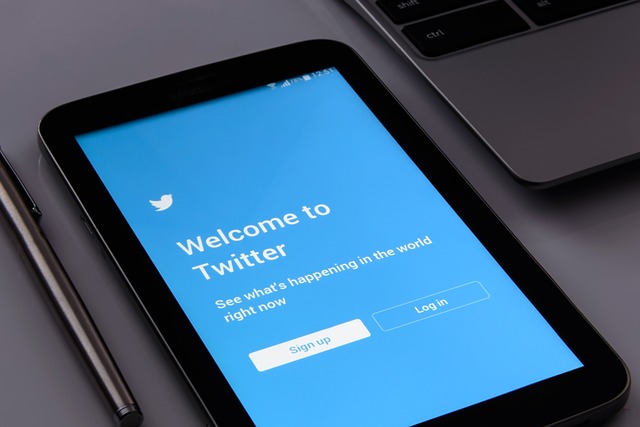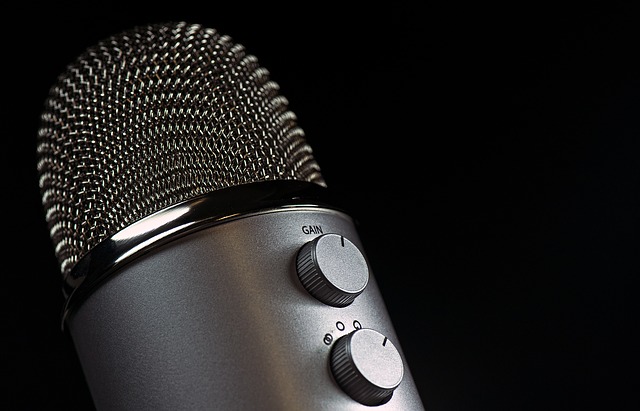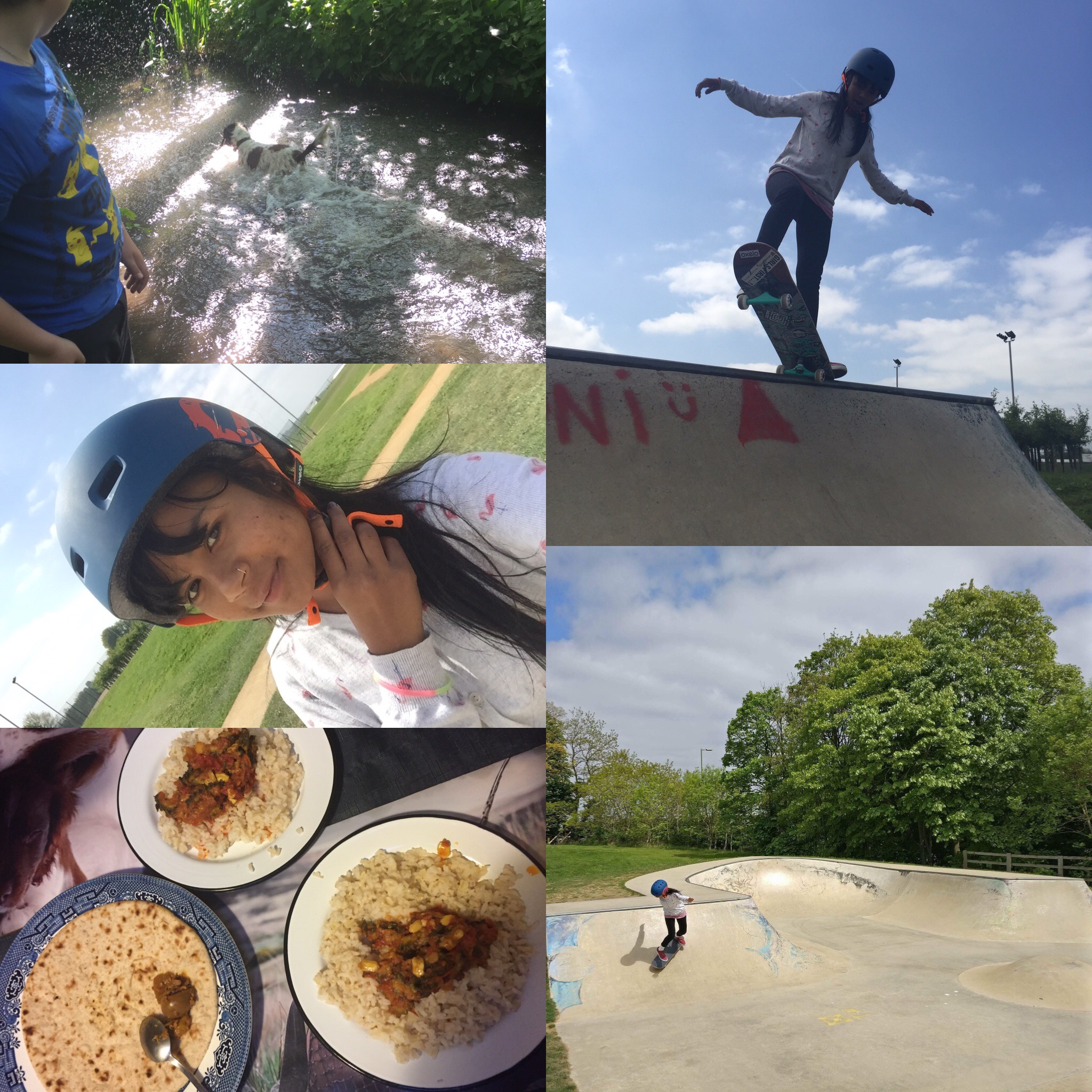
How to save time with social media – my top tips.
I know, sounds crazy – specially to some of my friends who see me in front of my mac all the time. If not there then on my iPhone. Or finally if not on the phone…on the iPad….but hey…I can always use the explanation – I need to be on the top of things for work. When actually I am browsing Instagram for inspiration!;)
But seriously – how do you save time with social media? I am sure each of us had at least one example of finding a solution to specific problem much faster on Twitter than through more traditional channels but is crowd-sourcing ideas all? Again I have to refer to my work experience – it has truly be an eye-opener for the last two years and I think I have just now learned to talk about it all. See, majority of people I talk to nowadays start to look for solutions to their major problems with social media: amount of noise and too large networks. And quite often first signs of addiction too;)
Here are my top tips and I would love to hear from my fellow bloggers how they handle their own time management to learn more about it:
1. Have a content plan…
….even if just for tweeting or Facebook updates. To have a content plan means you know what you are using each tool for. I have always used this main blog as my personal journal and as my life changes it changes with me. I am pulling into it all other core presences and here you can keep track of most of my work in other social spaces too. I have a calendar on my wall in which I am writing down a plan for my posts – more or less specific, in the end blogging IS supposed to be fun too;) As for Facebook and Twitter I use them mainly to communicate while I work (I am getting used to managing all my hats at the same time), so the content there will be probably related to the small chunks of time I take off work to rest, to read news or to check an update on something relevant to my passions. I talk about coffee a lot in there;) I take photos and upload them to Instagram or before going to bed (watching popular section on Instagram leaves amazing landscapes in my head for when the dream arrive;)) or when waiting for a coffee. I upload them in smaller chunks because editing takes a little bit of time. I use Qik and Bambuser or podcasting tools only when relevant – for this blog or when travelling, at events. I save stuff in Pinterest boards or on Storify when I feel that I cannot keep up with events real time and know that I will want to use those materials later. I am still trying to work our Google+ as it embraces many other social media activities, so for now it’s somewhere close to Twitter and Facebook.
If you want to have a content plan it might be useful to actually write it up, add to your work calendar and then practice keeping it in your head and evaluate. See what works and what needs to be changed.
2. Stay where your networks are, allow yourself time to experiment with new tools but wisely!
Many people ask me why I am so passionate about Google+ despite the general scepticism. Simply because my networks are there and I see it makes sense to talk to people there – then the tool’s real features become apparent and I start appreciating it. I do not think you will appreciate G+ unless you actually start joining hangouts for example. You will find me in many social media platforms simply because I am connected to many other social media practitioners and we all need to test many tools. But when it comes to daily, active usage I am using Twitter, Facebook, G+, Google tools, Skype etc because my friends are there.
So if you want to experience sensible on-line interactions and save time on communicating with your friends and colleagues do use the tools they are active on. This way you might be able to get them to answer your last email or simply message them faster than if you were to even give them a ring. I personally think social media is way less intrusive than mobile calls. And if you know your contacts well enough you will know which social network to use when getting in touch with them.
When you need time for experimenting and you feel that something is “cool” (Pinterest nowadays?) you will feel like you are drawn to it. It’s great! It means you are discovering and testing the new tools. But make sure you do not spend too much time on it. I guess it’s a question of personal common sense, but I am sure you will feel where is the limit.
3. Use productivity tools.
I like to keep things simple so I am using Gmail priority inbox (helps me to mark all my messages that need responding to), calendar, RSS feed readers (Netvibes and Google Reader), Gist for contacts and finally SproutSocial for all social media interactions (though I still prefer to sit in Facebook and G+ during the day). I am looking for solutions on various level of tech experience and I strongly encourage you to do the same. If you save all your important websites in bookmarks, you will be able to access them with one click. If you need a spell check or email signature do check add on’s to your browser or apps for your device. You can even monitor your work with additional programmes like Rescue Time (the recent newsletter by Euan reminded me of it) though if you work in social media you might be doomed there;) (it picks up Facebook as waste of time, which made me giggle).
4. Automate your updates wisely.
There is a huge discussion among fans and opponents of automated updates. I personally think that cross posting between platforms is allowed if it makes sense and is not offensive. Feeding all tweets to your fan page does not work – some of them might be irrelevant to your Facebook audience (or restrict you from genuine conversations…about coffee on Twitter;)) and mean that you do not have time for your Facebook networks. Look around and see what wise solutions are out there. I am using Selective Tweets (adding #fb to my tweets sends them to Facebook) and I use it rarely. I am making the most of feeding photo, audio and video content from my mobile to the major social networks (Instagram photos usually all land in my Flickr account, some on Twitter and some on Facebook – pending their topic). Again, experiment and revise time to time.
5. Use hashtags.
Hashtags are there to help you browse through the noise but also to help your friends and readers to find your content – use them both in research, as well as in posting. I think noise is great! You can find out amazing stuff about the world if you browse through the noise – I have found an amazing Banksy on Instagram today (the recent one is pretty relevant to some of my own ideas so I was really happy to see it out there!). So get used to speaking in tags, #becauseitsavestime.
6. Have a coffee!
..or tea…or a walk. AWAY FROM THE WEB. You need to go out and relax a bit. I know many of us pick up technology (I am looking at my son and I see it every day) and simply want to spend all day making the most of the new interactions it provides us with. Let’s face it – connecting with people of similar attitude, passions and experiences does save a lot of time in itself. But it can also restrict your vision a lot. Discuss with your friends off-line how you and they spend the time on-line. If you do it for passions, for family or for work – it’s all the same. You need to maintain the right balance and if you think you do not have it, you need to re-think the way you are using social media tools.
Good luck with it! This is my humble take on the matter, but I am sure there are plenty other ways or approaches to social media productivity out there and I would love to hear about them, so let me know;)



